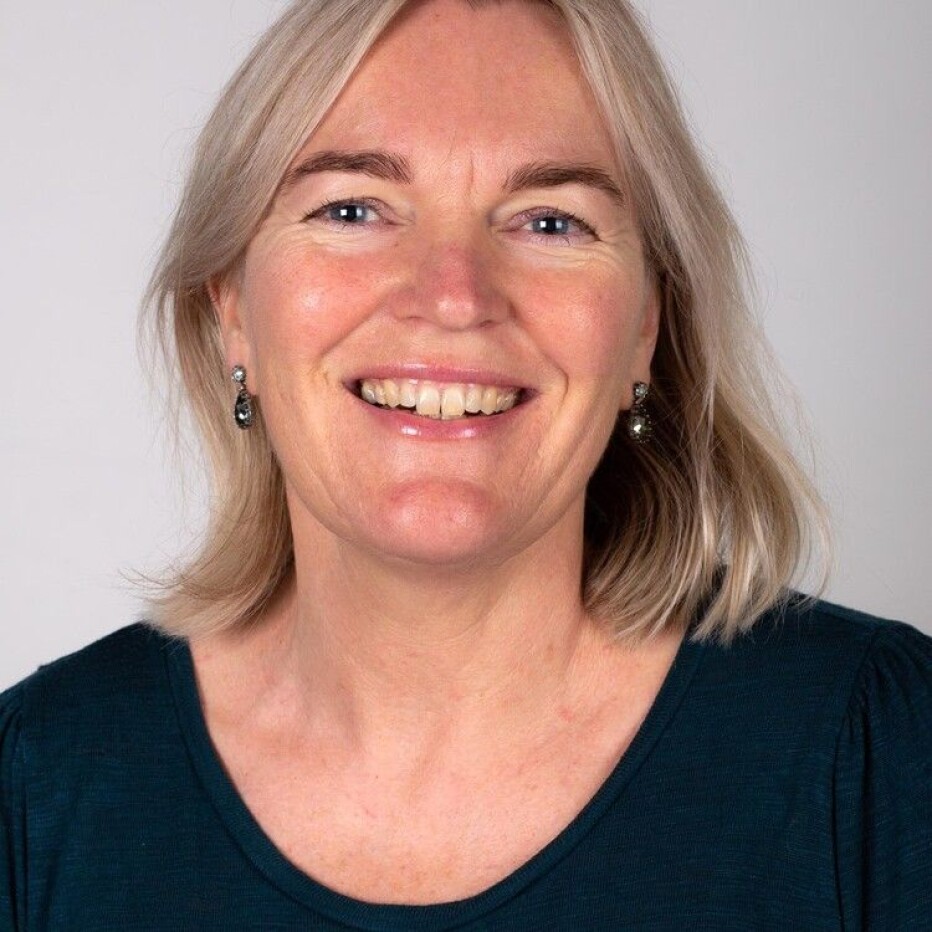This article is produced and financed by the University of Agder - read more

Teachers focus on grammar when they have less experience with a language
When studying how grammar is taught in schools in Norway, Sigrunn Askland found both too much and too little. She advises schools to introduce grammar early, and to always mix it up - playing with language is fun, to only conjugate verbs is not.
Many people think back to their grammar lessons at school with dread. Even many adults prefer not to worry about split infinitives or the difference between the present participle and the present perfect.
Sigrunn Askland did her doctorate on teaching grammar in lower and upper secondary school in Norway. She found the teaching methods to be traditional and old-fashioned.
"Do the pupils write better Nynorsk if the teacher drones on about how to conjugate verbs? I don't think so", she says.
Nynorsk and Bokmål are the two official forms of written Norwegian, and pupils are required to learn how to write both.
Too little and too much grammar

Askland interviewed 42 teachers who teach Norwegian (both Nynorsk and Bokmål), English and Spanish at schools in Agder and eastern Norway.
She also observed their teaching and found considerable variation in how teachers taught grammar in different languages.
While there was little teaching of grammar in Bokmål and English, there was much more in Spanish and Nynorsk.
"The less experience pupils have with a language in everyday life, the more time teachers spend on explicit grammar teaching. For pupils whose main written language is Bokmål, there is relatively little instruction in grammar. The same goes for English. And in upper secondary schools hardly any grammar is taught", says Askland.
When she visited a school whose primary written language was Nynorsk, she found that not much grammar was taught in Bokmål as a second written language, precisely because the pupils are surrounded by Bokmål in their daily life.
Askland wants more focus on grammar, also when teaching pupils their primary written language.
"In this way, pupils would become more aware of the structure of the language. The teacher does not have to use difficult terms but can show how words are building blocks you can move around. Working with language in this way can be a lot of fun, but it is not fun to only conjugate verbs."
Grammar aldready in primary school
Experts have warned that teacher education students do not know enough grammar. Teachers Askland has talked to, also say that the pupils have little knowledge of grammar.
"Pupils should learn grammatical terms already in primary school, but for some, it may be a bit premature since they don't see the terms in context. When you work with texts and grammar simultaneously, it makes more sense", says Askland.
She points out that pupils aged 10-11 do not have the maturity to understand all the definitions and abstract concepts used in grammar.
"Teachers could focus on context when teaching language subjects. And pupils should be encouraged to write and read much more. It's all about practising. Theory and practice must be linked", Askland says.
To bridge the gap between theory and practice, Askland suggests earlier exposure to Nynorsk in school, both through writing, reading, and being read to.
"Studies show that many people have negative attitudes towards Nynorsk as a second written language. It may be because Nynorsk is introduced in the ninth grade by presenting conjugation patterns. Pupils should rather be encouraged to read more so that Nynorsk does not seem like some weird foreign language to them", says Askland.
Writing as a process
Askland works as a teacher herself, teaching English and Spanish. She tries to engage the pupils by letting them work more actively with the language.
"Writing is a process. There are many ways to write a sentence, and making pupils spend hours producing a text and not correcting it does not produce learning", she says.
"Instead, pupils should focus on grammar as they write", says Askland. Then the teacher can help them with things they find difficult.
"There is no doubt that such teaching is easier to implement in groups of 15-20 pupils. One could invest more in language learning by reducing class size", she says.
Reference:
Sigrunn Askland: Teacher Cognition and the status of Grammar Teaching in Norwegian Secondary Schools - A study of grammar teaching practices in the school subjects Norwegian, English and Spanish, Doktorgradsavhandling ved Universitetet i Agder, 2020.
———
Read the Norwegian version of this article at forskning.no


































